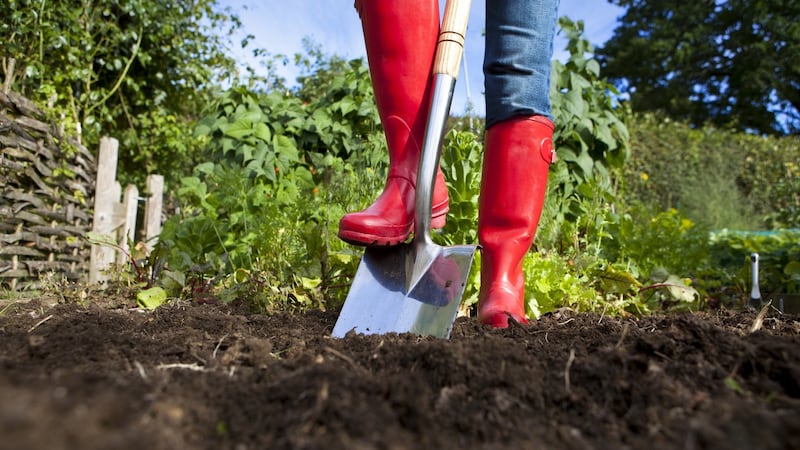Spending time in our gardens and outdoor spaces – if we’re lucky enough to have them – is one of the few pleasures we’ve been able to indulge over the past few months. And with the bonus of fine weather, the focus for many has been on transforming whatever outdoor space we have into a place where we love spending time. Garden designer Leonie Cornelius has great advice on how to tackle a garden project and create the ideal outdoor space at home.
Plan for the future
Something that we always advise our clients when redesigning their homes is to avoid the temptation to fix or solve an immediate problem and instead to try to plan for the future.

According to Leonie, the same is true when planning your garden. “A well-thought-out plan and layout will mean your garden will grow with you,” says Cornelius, who recommends creating a variety of multifunctional spaces. “A trampoline area now, for example, could become a relaxation area when kids are older,” says Cornelius.
“Areas of lawn can be used to play football when kids are younger and in time can be transformed with planting. She recommends adding new borders or clusters of trees to give the garden an exciting new lease of life.
Low maintenance
While we’re all enjoying spending time in gardens at the moment, not everyone enjoys working in them. What is the best low-maintenance garden for those who don’t like gardening?
“The key to a low-maintenance garden is a good balance of plants,” says Cornelius. “Choosing the right plant for the right place, and clever companion planting, will allow the plants to merge over time and create weed-suppressing cover,” she says.
Cornelius also recommends a shift away from striving for perfection in the garden. Allowing a little bit of “wild” into your garden is not only low-maintenance but will create a whole new atmosphere in your space. This kind of wild planting is also vital for biodiversity. If you do go down this route, her tip is to create structure for the wilder elements around planting. She recommends working with evergreens as a base, plants such as sturdy, low-growing shrubs – “Think Hellebores, evergreen ferns or Buxus” – and filling in the gaps with wilder elements.
Small spaces
For those with a small space, one challenge is often to try to make the area feel bigger. Cornelius recommends “blurring your boundaries” to make them disappear. By painting your walls or fences in dark colours such as grey, brown, green or black and introducing soft planting, you will create the illusion that your garden has no boundaries. “It will also cleverly tie your garden into any neighbouring garden planting, making them feel like they’re part of your space,” she says.
Biodiversity
This time of pause and reflection has had a significant impact on the environment, with carbon emissions falling and wildlife venturing into deserted cities all over the world. Listening to the beautiful birdsong during this time at home has been an absolute joy. What does Cornelius recommend for attracting wildlife in the garden?
“Designing a nectar-rich wildlife garden is like creating a wildlife cafe for insects,” she says. To attract insects and wildlife, “you will need a good choice of nectar and pollen-rich plants”.
Luckily for us, many of the plants that attract insects are stunning to look at. Some of her favourites to introduce that will attract wildlife include lavender, honeysuckle, Aster amellus ‘King George’, wallflower ‘Erysimum cheiri’ ‘Bowles’s Mauve’, Foxglove (Digitalis purpurea), Echinacea purpurea. “All of these are loved by bees and will have your garden buzzing with wildlife.”
Finishes
The choice of materials plays an essential role in the success of your garden design. “The balance of hard and soft landscaping is an important one to get right,” says Cornelius. “Choose the best quality materials you can afford, and you won’t regret it.” If budget is an issue and you have to compromise, reduce the amount of material that you need rather than going for an inferior product. “For example, you could reduce the amount of paving that you need but can always extend it in time,” she says.
Plan for joy
I’ve really enjoyed watching the DIY garden transformations unfold in my neighbourhood over the past couple of months. What is Cornelius’s one piece of advice for anyone taking on a garden DIY project? “Get to know your outdoor space and make a plan accordingly. Before you rush out and start digging, take some time to work out what you want from your garden.”
She suggests thinking about the times of day you are most likely to spend in the garden when planning the layout. “Figure out not only what you need from your garden now but what you will require from it in a year or two, or even five years from now. A garden should enhance your every day so plan to make it a joyful space.”











